Crested Euphorbia
- January 19, 2024
- 0 comment
Crested Euphorbia, scientifically known as Euphorbia lactea ‘Cristata’, stands out in the succulent world for its distinctive appearance and easy-care nature. This intriguing plant, often referred to as Elkhorn Euphorbia or Coral Cactus, is a popular choice among both seasoned collectors and novices. In this article, we will delve into the key aspects of Crested Euphorbia, from its unique morphology to care tips.
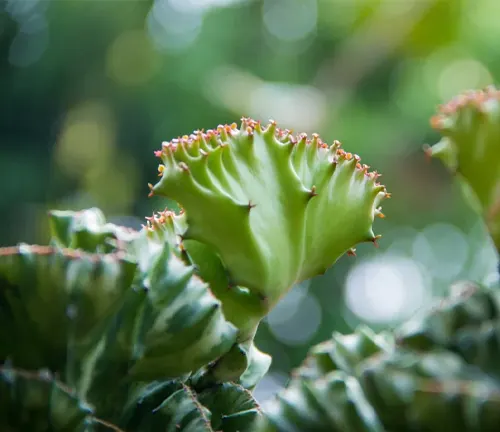
| Specification | Description |
|---|---|
| Scientific Name | Euphorbia lactea ‘Cristata‘ |
| Common Names | Crested Euphorbia, Elkhorn Euphorbia, Cristate Euphorbia |
| Origin | Mutation of Euphorbia lactea, native to India |
| Growth Pattern | Crested or cristate; wavy, fan-like growth instead of upright |
| Color | Ranges from deep green to variegated (pink, white, yellow) |
| Size | Variable; depends on growing conditions and grafting |
| Light Requirements | Bright, indirect sunlight; can tolerate some direct sun |
| Watering Requirements | Sparingly; allow soil to dry out completely between waterings |
| Temperature | Prefers warm temperatures; protect from frost |
| Soil Type | Well-draining cactus or succulent mix |
| Propagation | Usually grafted; can be propagated from cuttings (rare) |
| Toxicity | Toxic sap; causes skin irritation and is harmful if ingested |
| Uses | Ornamental; ideal for succulent gardens, containers, terrariums |
| Maintenance Level | Low; requires minimal care but specific conditions |
| Pest/Disease Issues | Susceptible to root rot (if overwatered); may attract pests |
Characteristics of Crested Euphorbia

Size and Growth
This succulent is relatively slow-growing and can reach up to 2 feet in height. Its size and unique shape make it an excellent focal point in any succulent arrangement or as a standalone specimen.
Light Requirements
Crested Euphorbia thrives in bright, indirect sunlight. Direct sun can scorch its delicate crests, so it’s essential to provide filtered sunlight or partial shade, especially in hotter climates.


Watering
Like most succulents, Crested Euphorbia prefers a ‘soak and dry’ method of watering. Allow the soil to dry out completely before watering thoroughly. Overwatering can lead to root rot, so it’s crucial to ensure proper drainage.
Soil and Potting
A well-draining cactus or succulent mix is ideal for Crested Euphorbia. Repotting every few years can help refresh the soil and provide room for growth.


Crested Euphorbia (Euphorbia lactea cristata) is not a naturally occurring plant in the wild; instead, it is a cultivated ornamental succulent. This means that it is primarily grown and propagated through horticultural practices rather than being found in a specific geographic location in its natural habitat.
The crested form of Euphorbia lactea is a result of a mutation, and these plants are often grafted onto the rootstock of another cactus or succulent for stability and support. The parent species, Euphorbia lactea, is native to tropical and subtropical regions in parts of Africa, including Madagascar, and Asia. However, the crested variation, being a cultivated form, doesn’t have a specific natural habitat.

Botanical Beauty of Crested Euphorbia
Distinctive Growth Pattern
Crested Formation
Unlike the typical vertical growth of most plants, Crested Euphorbia exhibits a rare mutation called ‘cresting’ or ‘cristate’. This leads to a flattened, wavy, and often fan-like growth pattern, making each specimen uniquely sculptural.
Textural Appeal
The ridges and valleys formed by the cresting process give the plant a rich texture, adding depth and interest to its appearance.


Color and Variegation
Vibrant Hues
While the base color is typically a deep, lush green, many varieties display striking variegation. Hues can range from creamy whites and yellows to pinks, adding a splash of color to any collection.
Contrast and Interest
The variegation often highlights the crested patterns, creating a visual contrast that is both striking and elegant.
Adaptability and Resilience
Drought Tolerance
As a succulent, Crested Euphorbia is exceptionally drought-tolerant, making it a sustainable choice for low-water gardens.
Versatility in Landscaping
It adapts well to various settings, from indoor pots to outdoor rock gardens, showcasing its versatility and resilience.


Ornamental Uses
Focal Point in Gardens: Its unusual shape and form make it an instant focal point in any garden setting or indoor plant collection.
Complement to Other Plants: When paired with other succulents or garden plants, it provides a striking contrast in shape and texture, enhancing the overall aesthetic of plant arrangements.
Species of Crested Euphorbia

Euphorbia lactea ‘Cristata’
Perhaps the most well-known crested Euphorbia, this species is prized for its intricate, wavy, fan-shaped growth. It typically features a green color with possible variegation in pink, white, or yellow.
Euphorbia trigona ‘Cristata‘
The crested form of Euphorbia trigona is another popular variant. This plant has a more upright growth habit, with deep green, ridged stems.


Euphorbia flanaganii ‘Cristata‘
Known as the crested Green Coral, this Euphorbia has a unique appearance resembling underwater coral. It has a compact, branching habit with small, green stems.
Euphorbia characias ‘Cristata‘
The crested Mediterranean Spurge is a unique variety with thick, wavy stems and typical blue-green foliage. It’s less common but quite striking.


Euphorbia canariensis ‘Cristata’
The crested Canary Island Spurge shows a sculptural, tree-like form with a thick, crested trunk and branching pattern.
Euphorbia cereiformis ‘Cristata’
Also known as the crested Elkhorn Euphorbia, this species displays a distinctive antler-like crested pattern, making it a unique addition to any collection.


Euphorbia enopla ‘Cristata’
Known for its dense clusters of bright red spines, the crested form of Euphorbia enopla is a dramatic and colorful variety.
Euphorbia leuconeura ‘Cristata’
This crested variety, also known as the Madagascar Jewel, is notable for its large, wavy leaves and a striking central vein.

Conclusion
Crested Euphorbia is not only a botanical wonder but also a popular choice among succulent enthusiasts for its unique and captivating appearance. Whether grown as an indoor ornamental or part of a succulent garden, this plant adds a touch of whimsy and charm to any collection. Ultimately, the Crested Euphorbia invites plant enthusiasts to appreciate the beauty of nature’s anomalies, providing a living work of art that encourages a slower, more deliberate approach to plant care and appreciation.
Frequently Asked Questions (FAQs)
- What is Crested Euphorbia?
Crested Euphorbia, scientifically known as Euphorbia lactea ‘Cristata’, is a succulent plant known for its unique, wavy, fan-like growth pattern caused by a mutation. - How do I care for my Crested Euphorbia?
Provide bright, indirect light, water sparingly (allowing the soil to completely dry out between waterings), use well-draining soil, and protect it from frost. - Is Crested Euphorbia toxic?
Yes, it produces a toxic sap that can cause skin irritation and is harmful if ingested. Handle with care, especially around children and pets. - Can I grow Crested Euphorbia indoors?
Yes, it can thrive indoors given sufficient light and proper care. It’s a popular choice for indoor succulent collections. - How do you propagate Crested Euphorbia?
Propagation is typically done by grafting, though it can be propagated from cuttings. However, maintaining the crested form through cuttings is challenging. - What are the common problems with Crested Euphorbia?
Overwatering leading to root rot is the most common problem. It can also be susceptible to pests like mealybugs and spider mites. - How fast does Crested Euphorbia grow?
It is a slow-growing plant, with the rate of growth depending on environmental conditions and care. - Can Crested Euphorbia handle direct sunlight?
While it prefers bright, indirect light, it can tolerate some direct sunlight. However, too much direct sun can lead to sunburn. - What is the ideal temperature for Crested Euphorbia?
It prefers warmer temperatures and should be kept in a range that avoids frost. - How big does Crested Euphorbia get?
The size can vary widely depending on its growing conditions and age. Some can grow quite large, especially when grafted onto a robust rootstock. - Does Crested Euphorbia bloom?
It rarely blooms, especially in cultivated environments. Its primary attraction is its unique foliage and growth pattern. - Can I plant Crested Euphorbia outdoors?
Yes, in climates without frost. It makes an excellent addition to rock gardens or succulent landscapes in warm regions.


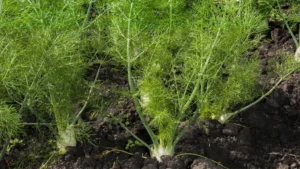


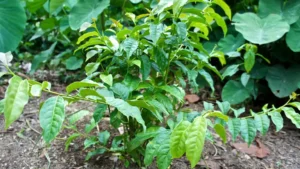
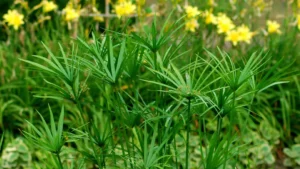

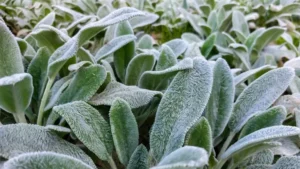

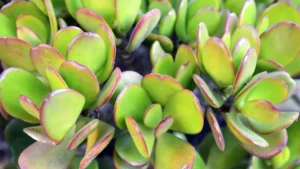
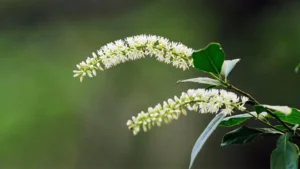
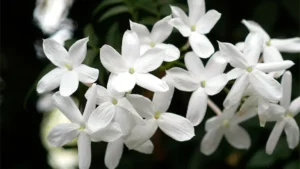
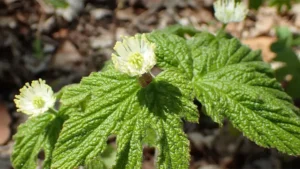
Leave your comment